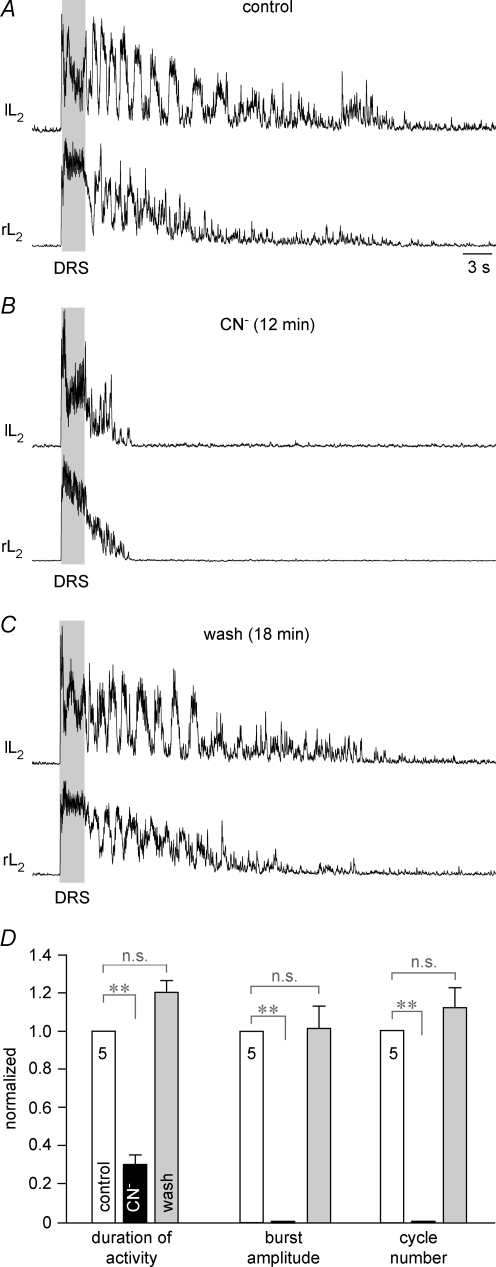Figure 3. Anoxic block of electrically evoked locomotion in newborn rat lumbar cords.
A, the dorsal nerve root of the 5th right lumbar cord segment was stimulated via a suction electrode to elicit epochs of alternating fictive locomotor activity in the left and right 2nd ventral lumbar nerve roots (lL2, rL2). Dorsal root stimulation (DRS) was done at 3× threshold, with 10 Hz for 2.5 s (grey area; single pulse duration 0.1 ms). Synaptic activity continued for several seconds after spontaneous arrest of poststimulus locomotor activity. B, anoxia abolished fictive locomotion within 12 min after start of CN− application, and also greatly reduced the time period of occurrence of non-rhythmic activities. C, locomotor rhythm and non-rhythmic discharges recovered to control levels 18 min after start of CN− washout. Time scale identical for A–C. D, statistical analysis of depressing effects of chemical anoxia, normalized with reference to control, revealed a complete recovery of the duration of evoked synaptic activity (left group of bars, control 18.6 ± 0.3.7 s), the amplitude of the 3rd poststimulus locomotor burst (centre group of bars, control 100%) and the number of locomotor cycles (right group of bars, control 6.5 ± 0.45 cycles).

